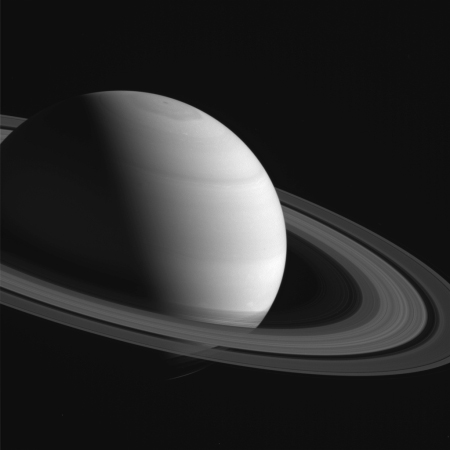Space reporter banned from space news website
Petty fascism: Doug Messier, who runs the excellent space news website Parabolic Arc, which I link to periodically, has been banned from posting comments on another generally excellent space news website, NASASpaceflight.com
To quote his website:
I just got banned from the NasaSpaceflight forums with this little message from little Andy.
“Sorry parabolicarc, you are banned from using this forum! Please use your own site to post what your “sources” are telling you. Too many people are sick of you using this site to spread rumors. Andy.
This ban is not set to expire.”
Doug is also the reporter with whom I and many other commenters at Behind the Black had a long, passioned but intelligent debate about global warming. As much as I might disagree with him on that subject, I find it baffling that any space website would ban him from commenting, especially since his reporting on space has been impeccably accurate and hard-hitting.
In a sense, this ban is just another example of how too many Americans can no longer deal with debate and opposing points of view. Very sad. Doug of course is always welcome to comment here, even when he strongly disagrees with what I’ve written.
Petty fascism: Doug Messier, who runs the excellent space news website Parabolic Arc, which I link to periodically, has been banned from posting comments on another generally excellent space news website, NASASpaceflight.com
To quote his website:
I just got banned from the NasaSpaceflight forums with this little message from little Andy.
“Sorry parabolicarc, you are banned from using this forum! Please use your own site to post what your “sources” are telling you. Too many people are sick of you using this site to spread rumors. Andy.
This ban is not set to expire.”
Doug is also the reporter with whom I and many other commenters at Behind the Black had a long, passioned but intelligent debate about global warming. As much as I might disagree with him on that subject, I find it baffling that any space website would ban him from commenting, especially since his reporting on space has been impeccably accurate and hard-hitting.
In a sense, this ban is just another example of how too many Americans can no longer deal with debate and opposing points of view. Very sad. Doug of course is always welcome to comment here, even when he strongly disagrees with what I’ve written.



